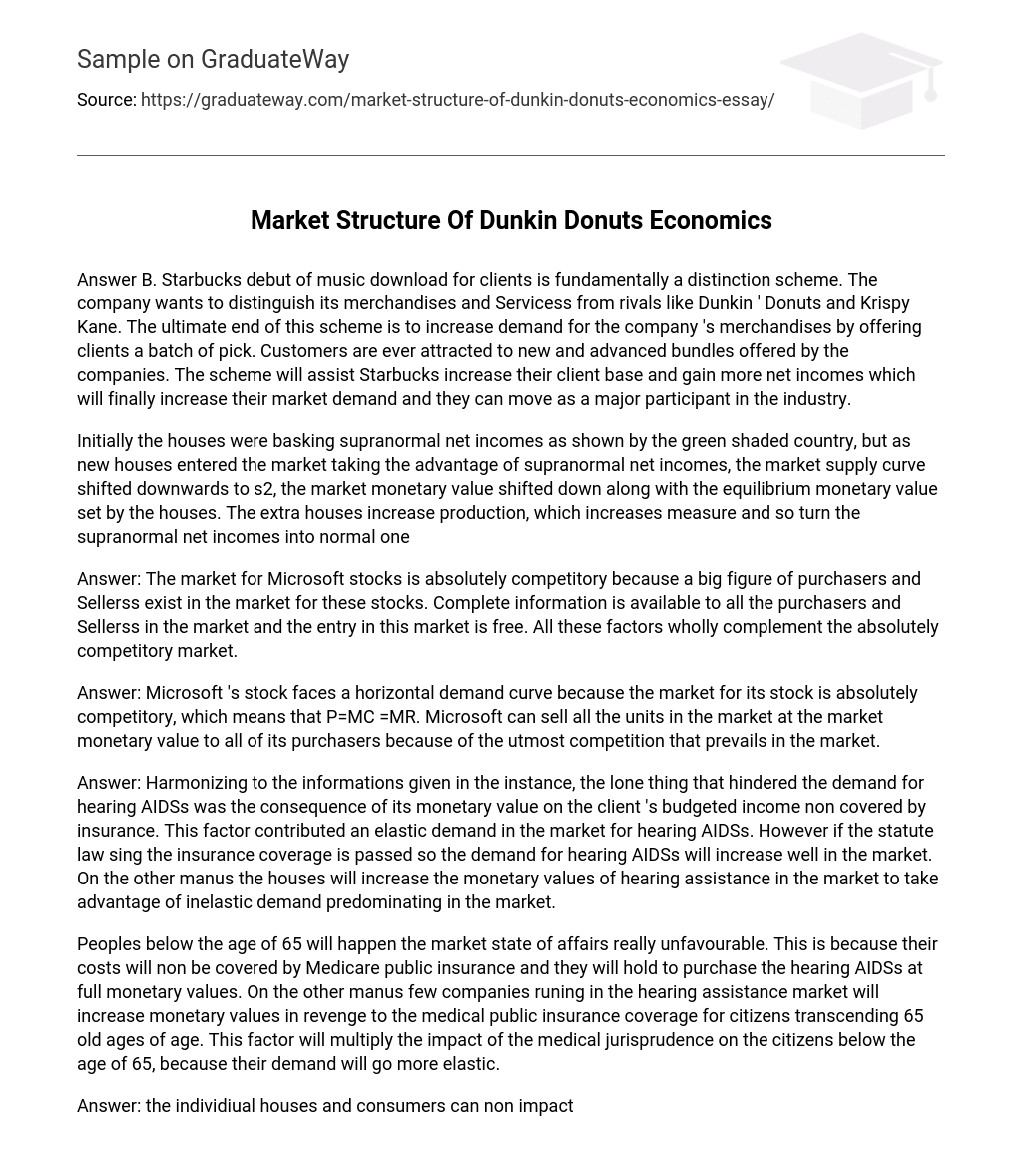The market is a mechanism for the interaction of buyers and sellers of goods and services regarding the establishment of prices, which ensures the exchange of products of labor. Under the structure of the market understand the internal location, the order of its individual elements, their share in the total volume of the market.
Market structure – the internal configuration of the market, its main features, the order of arrangement of individual elements.
The following market structures are distinguished by market objects:
The market for goods and services is a type of market in which transactions for the sale and purchase of consumer goods and means of production are carried out. In this regard, the market for goods and services can be divided into the consumer market, the market for means of production, and the market for government orders.
In the first, the subjects are both individuals and legal entities exchanging goods of personal production as buyers and sellers; on the second – individual firms and individuals that create products for industrial purposes.
In the market for government orders, the government is the main buyer of goods for public use, as a result of which the activities of the government appear in the form of public goods.
The capital market is a part of the financial market in which funds are circulating with a maturity of more than one year. The capital market presents such instruments as government bonds, bonds and shares of joint-stock companies, shares and shares of investment funds, production securities, etc.
Participants of this type of market are brokers, dealers, depositories, clearing companies, i.e. professional participants in the securities market. The capital market is divided into the primary one, where the initial placement of securities takes place, and the secondary one, where already issued assets are circulating.
The labor market is the sphere of formation of demand and supply of labor. It is in the labor market that the majority of the working population receives work and income. A feature of the labor market is that it is bought not by the individual himself, but by labor services.
At the same time, great importance is attached to the knowledge, skills, and qualifications of a person. Compensation for work is presented not only in the form of wages, but also in other forms of incentives (bonuses and other monetary rewards, social security, etc.).
The financial market is a structure that, in a market economy, creates the possibility of pursuing a credit policy, making transactions for the purchase and sale of securities, investment products, and precious metals. Also, other assets with high liquidity may be included in the turnover in the financial market.
The information market is a set of economic relations regarding the provision of information services, the collection, processing, systematization of information and its sale and purchase to the end user.
The information market is maximally individualized, as a rule, it involves a minimum number of participants, which implies limited competition or its absence. The main regulator of supply and demand in the information market is the price, which justifies the risk faced by a potential buyer.
By geographical location, the following market structures are distinguished.
- local market – a market limited by the territory of one settlement
- the regional market involves the distribution of goods and services within one or more nearby regions
- national market – a market in which the distribution of goods and services is limited to the territory of the state
- world market, i.e. a market that has no territorial restrictions, the subjects of which are often states.





